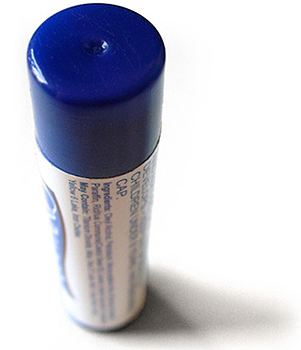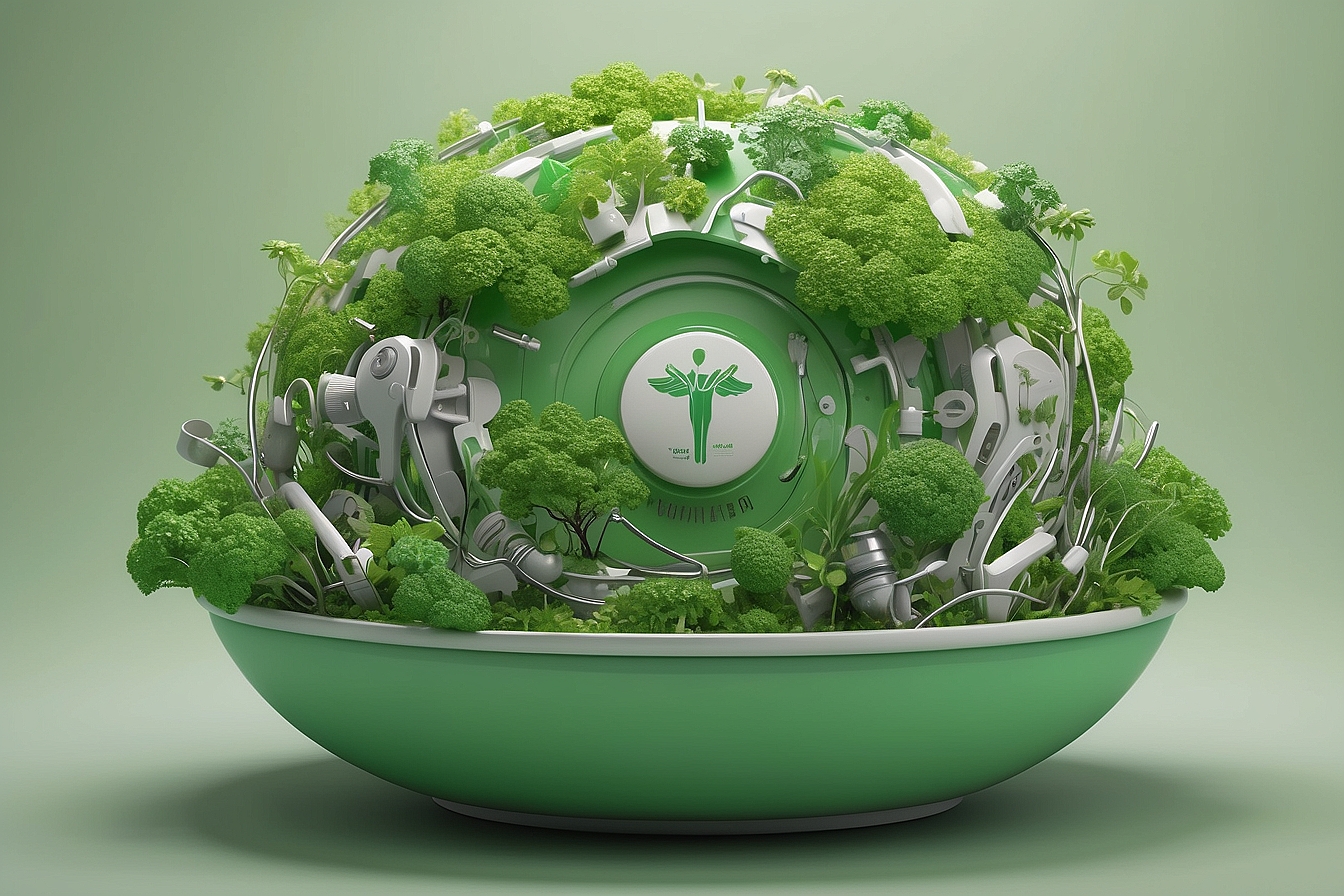There is a great deal of buzz these days surrounding eco-friendly beauty products. The focus is on chemicals to avoid, a particularly popular example is the backlash against shampoos and conditioners that contain sodium lauryl sulfate. However, many beauty products also contain another questionable ingredient: petroleum. Petroleum is derived from what most of us think of as the most common fossil fuel—oil. Surprisingly, it is also the foundation of most cosmetic products on the market.
What is petroleum?
 iCrude oil is a petroleum products
iCrude oil is a petroleum products ![]() .4
.4
Petroleum products are used to make a staggeringly large number of the items we use everyday. In 2014, 76% of the 6.97 billion barrels of petroleum products were gasoline (47% of total petroleum consumption), heating oil and diesel fuel (21%), and jet fuel (8%).5 However, its uses other than gasoline may surprise you. In fact, petrochemicals (chemical products made using petroleum) are present in all of the following products: aspirin, heart valves, refrigerators, hair coloring, lip stick, bandages, ammonia, rubbing alcohol, insect repellent, fertilizer, and polyester clothing.6
Petroleum products are pervasive because they provide hydrogen and carbon atoms, which are the building blocks for plastics and synthetic materials. By connecting the hydrogen and carbon molecules in petroleum (usually through heating), a scientist can create an astounding variety of materials.7
Why Avoid Petroleum-Based Cosmetics?
Aside from the environmental degradation that accompanies the process of retrieving crude oil and refining it to make petroleum products, petroleum products are often not safe and most likely will not deliver the results you seek. For example, petroleum jelly is one petroleum product that is very appealing for those making beauty products. Celebrity makeup artist Katey Denno explains, “It’s an inexpensive way for a formulator to offer the appearance and immediate feel of hydrated skin.” However, in reality petroleum jelly just creates a barrier to seal moisture in your skin. Dermatologist Dr. Alan Dattner said, “It’s like putting a piece of plastic over your skin – it prevents evaporation.” Thus, while petroleum jelly makes the consumer feel as though they are moisturizing and softening their skin, they are really drying out their skin because petroleum jelly does not let air and moisture through.8
In addition to not truly being effective, petroleum products can have negative impacts on consumers’ health. An impurity called 1,4 dioxane has been found in 22% of petroleum-based cosmetics; 1,4 dioxane is a possible human carcinogen and a known animal carcinogen. This impurity exists in 82% of hair dyes, 45% of self-tanners, and 26% of face moisturizers.9 A 2009 study published in the Journal of Investigative Dermatology concluded that when mice that were at a high risk of developing skin cancer received a topical application of mineral oil-based moisturizer five days per week for 17 weeks, their rate of tumor formation significantly increased.10
Petroleum-based products are also categorized as xenoestrogens, which means they cause the ratio of estrogen in the one’s body to be higher than it should be. A 2011 study in Environmental Toxicology and Chemistry stated, “The present study indicates that oils contain compounds with possible endocrine-disrupting potential, some of them acting via the hormone receptors.”11
What should you look for on product labels?
It can be very difficult to identify which ingredients on your product labels are petroleum products. Luckily, Cocoon Apothecary Blog created a list of cosmetic petrochemicals to watch out for on labels: 12
- Paraffin Wax
- Mineral Oil
- Toluene
- Benzene
- Phenoxyethanol
- Anything with PEG (polyethylene glycol)
- Anything ending in ‘eth’ indicates that it required ethylene oxide (a petrochemical) to produce e.g. myreth, oleth, laureth, ceteareth
- Anything with DEA (diethanolamine) or MEA (ethanolamine)
- Butanol and any word with ‘butyl’ – butyl alcohol, butylparaben,butylene glycol
- Ethanol and word with ‘ethyl’ – ethyl alcohol, ethylene glycol, ethylene dichloride, EDTA (ethylene-diamine-tetracetatic acid), ethylhexylglycerin
- Any word with “propyl” – isopropyl alcohol, propylene glycol, propylalcohol, cocamidopropyl betaine
- Methanol and any word with ‘methyl’ – methyl alcohol, methylparaben,methylcellulose
- Parfum or fragrance – 95% of chemicals used in fragrance are from petroleum
What are some alternatives to petroleum-based beauty products?
If you are seeking something to replace your petroleum jelly, some safe and effective alternatives include:
- Olive oil
- Coconut oil
- Beeswax
- Shea butter
- Cocoa butter13
Here are some guides to making your own natural beauty products at home if you are into DIY projects J
Bottom Line—read the ingredients on your labels and be careful. It’s a scary world of petroleum out there!




